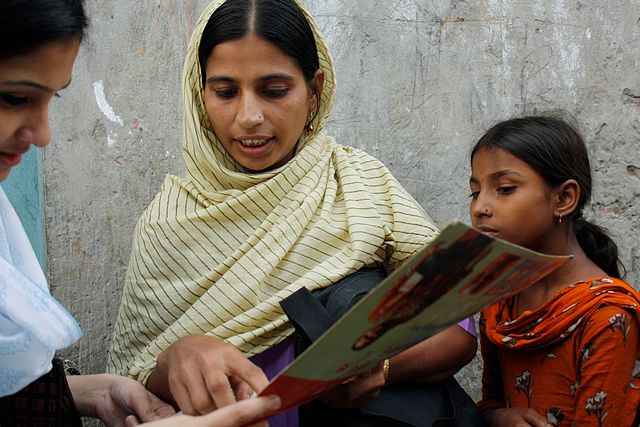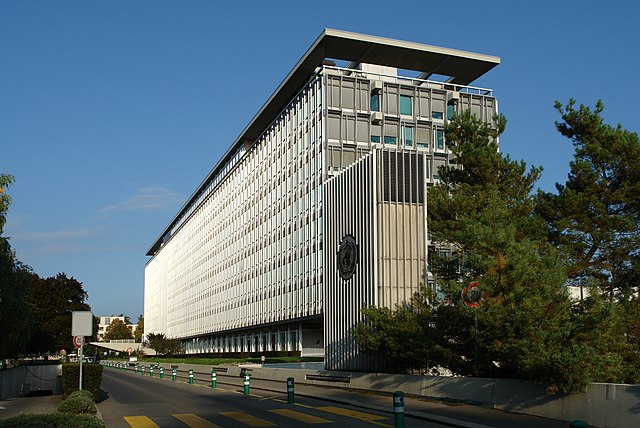The term built environment refers to human-made conditions and is often used in architecture, landscape architecture, urban planning, public health, sociology, and anthropology, among others. These curated spaces provide the setting for human activity and were created to fulfill human desires and needs. The term can refer to a plethora of components including the traditionally associated buildings, cities, public infrastructure, transportation, open space, as well as more conceptual components like farmlands, dammed rivers, wildlife management, and even domesticated animals.
Part of the built environment: suburban tract housing in Colorado Springs, Colorado
High-rise structures and major highway infrastructure as an example of the built environment in Dubai, UAE
Public health is "the science and art of preventing disease, prolonging life and promoting health through the organized efforts and informed choices of society, organizations, public and private, communities and individuals". Analyzing the determinants of health of a population and the threats it faces is the basis for public health. The public can be as small as a handful of people or as large as a village or an entire city; in the case of a pandemic it may encompass several continents. The concept of health takes into account physical, psychological, and social well-being.
A community health worker in Korail Basti, a slum in Dhaka, Bangladesh
The WHO is the predominant agency associated with global health.
Newspaper headlines from around the world about polio vaccine tests (13 April 1955)
A Public Health Prayer - Dr Edmond Fernandes






